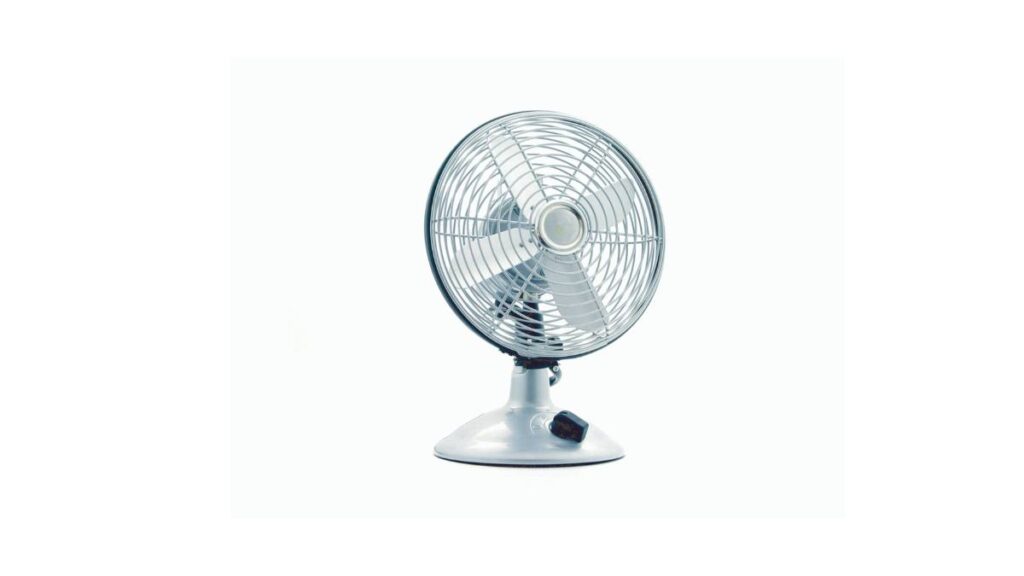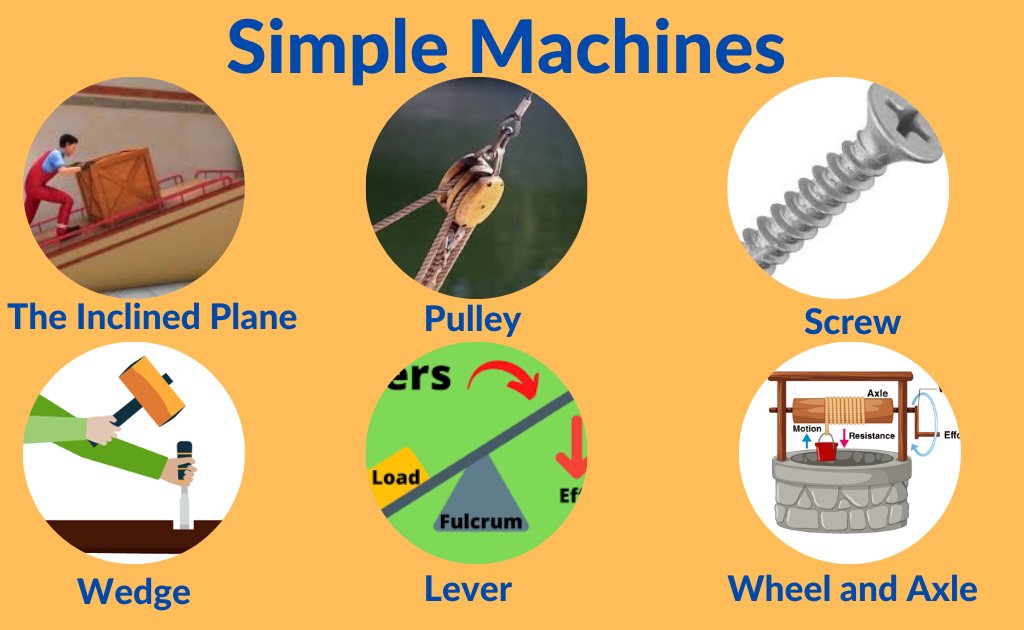Why Donot Fans Stop Immediately When Turned Off?
The delayed stopping of fans after being turned off can be attributed to a combination of factors. The principles of rotational inertia, angular momentum, mechanical friction, air resistance, and the presence of electrical components all contribute to this phenomenon.
As technology continues to advance, we can expect further improvements in fan design that address these factors and provide even more efficient and immediate stops.
The Physics of Rotational Inertia
Rotational inertia, also known as angular inertia, is a property of objects in motion that describes their resistance to changes in rotational motion. In simpler terms, it’s the reason why a spinning object keeps spinning unless acted upon by an external force. This concept applies to fans as well.

The Role of Angular Momentum
Angular momentum is another crucial factor that contributes to a fan’s delayed stopping. When you turn off a fan, the blades still possess angular momentum. This means they continue to rotate due to their inertia, even though the power supply has been cut off.
Factors Influencing Fan Stopping Time
Blade Design and Weight
The design of the fan blades plays a crucial role in determining how quickly the fan comes to a stop. Heavier blades tend to have more momentum and may take longer to come to a halt compared to lighter ones.
Fan Speed
The speed at which the fan was operating also affects the stopping time. Fans operating at higher speeds will have more momentum and may continue spinning for a longer duration after being turned off.
Bearing and Lubrication
The quality of the fan’s bearings and lubrication can impact the stopping time. Well-lubricated bearings can reduce friction and help the fan stop more quickly.
Mechanical Friction and Air Resistance
Influence of Mechanical Friction
Mechanical friction within the fan’s motor and components is yet another reason for the gradual stop. Even when the power is turned off, the mechanical parts continue to experience friction, which slows down the fan’s motion over time.
Air Resistance and Its Impact
Air resistance, often referred to as drag, plays a significant role in the fan’s delayed stop. As the blades spin, they encounter air molecules, creating resistance that gradually brings the fan to a halt. The design of the fan blades and their shape also affects the amount of air resistance experienced.
Electrical Capacitors and Inductors
Capacitor-Discharge and Inductor Effect
Many fans have electrical components like capacitors and inductors that store energy. When the power is turned off, these components discharge their stored energy, causing the fan to continue running for a brief period.
Capacitor Design and Discharge Time
The design and capacity of capacitors influence how long the fan will continue to run after being turned off. Larger capacitors tend to store more energy and discharge more slowly, leading to a longer delay in stopping.
Mechanisms to Reduce Stopping Time
Regenerative Braking
Some modern fan models incorporate regenerative braking mechanisms. These systems use the fan’s own resistance to slow down and stop the blades more quickly when the power is cut off.
Blade Shape Optimization
Manufacturers are continuously researching and developing fan blade shapes that minimize air resistance when the fan is turned off. This optimization can help reduce the fan’s stopping time.
Electronic Speed Control
Fans equipped with electronic speed control mechanisms can gradually reduce the speed before turning off completely. This controlled slowdown can help mitigate the delayed stopping issue.
Modern Fan Technology
Implementation of Soft Stop Technology
Modern advancements in fan technology have led to the development of “soft stop” features. These features use advanced algorithms to gradually reduce the fan’s speed before it comes to a complete stop, minimizing abrupt halts and reducing wear and tear on the fan’s components.
Variable Frequency Drives
Variable Frequency Drives (VFDs) are also being used in some fans. VFDs allow for precise control over the fan’s motor speed and can be programmed to ensure a smoother and quicker stop when the power is turned off.

 written by
written by 




Leave a Reply